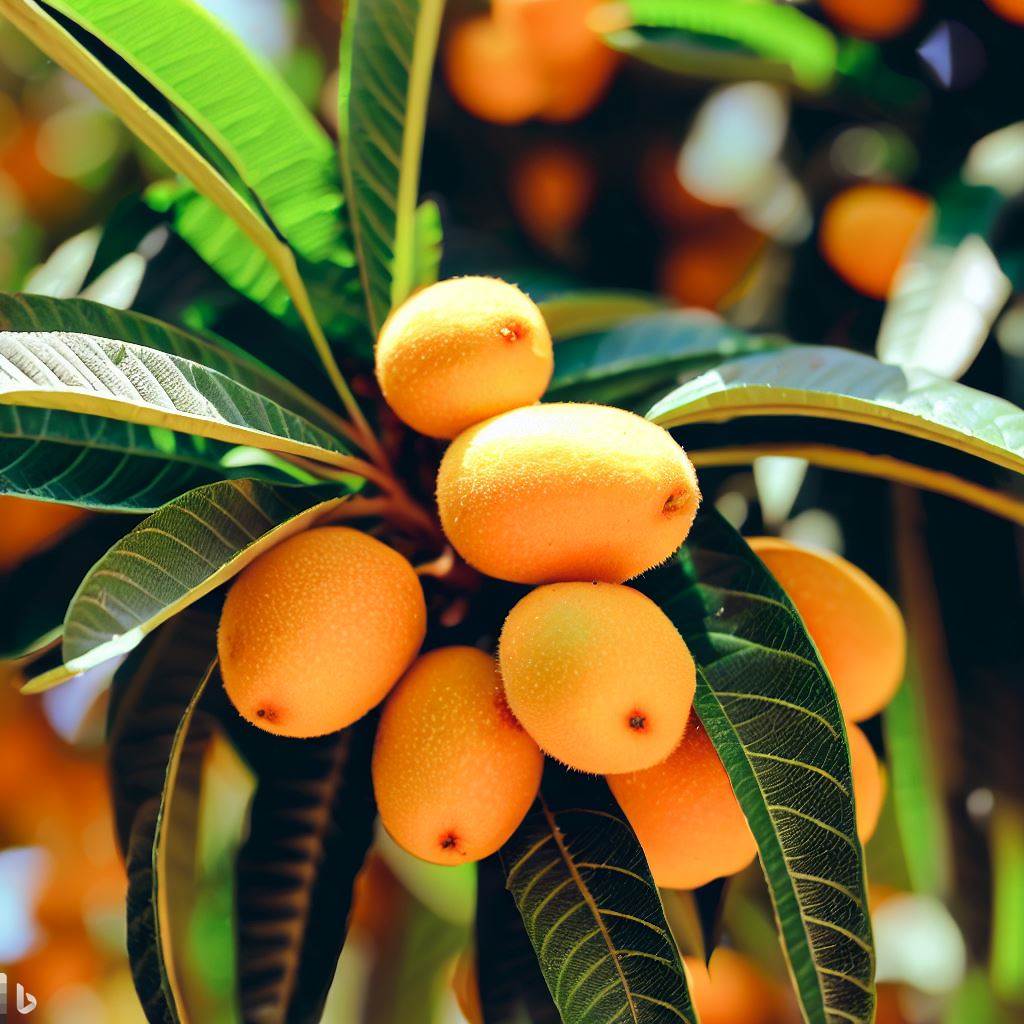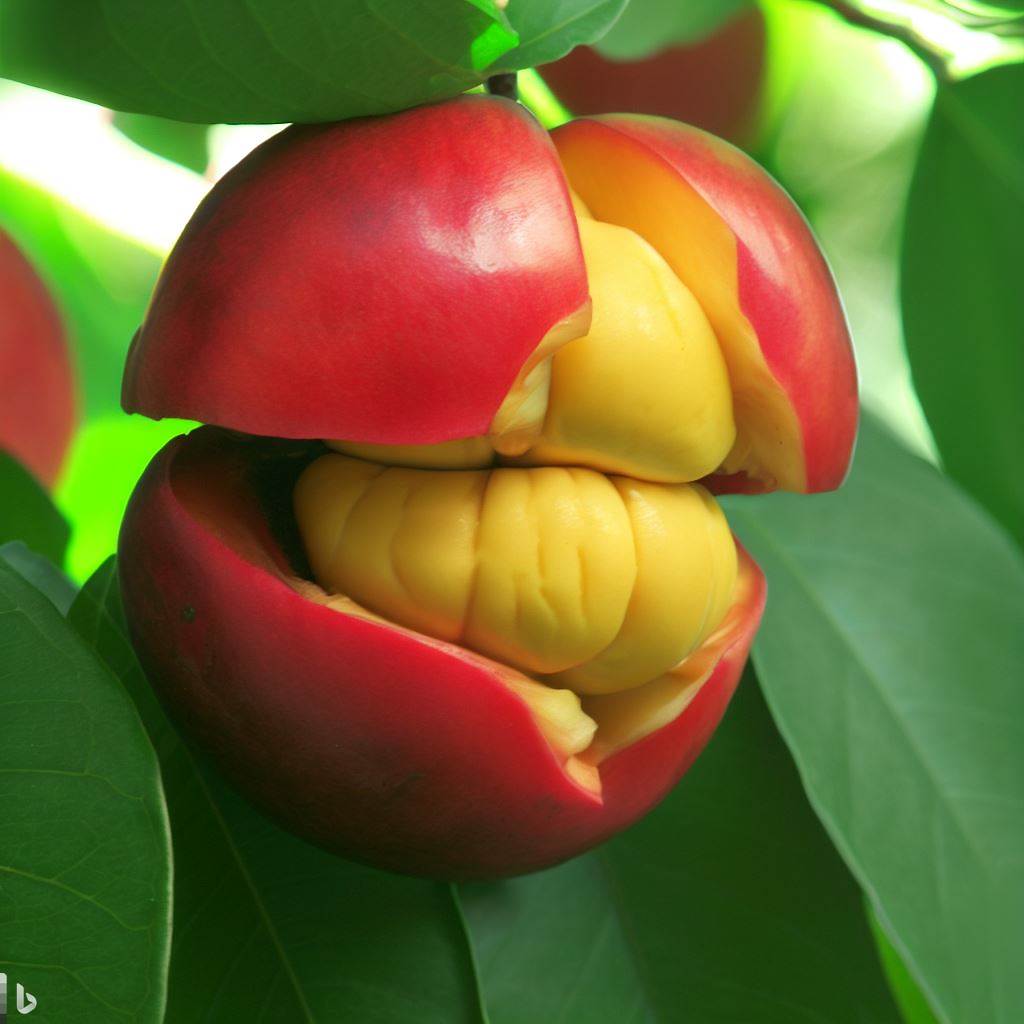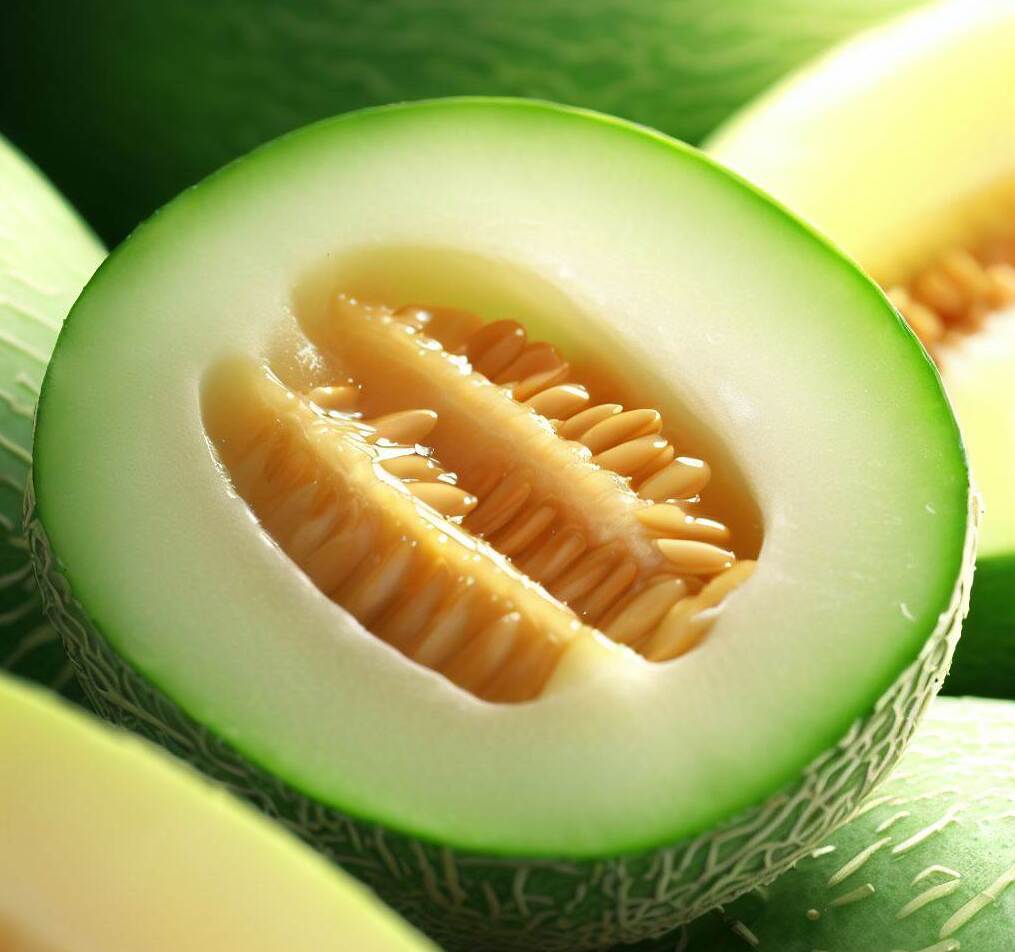Loquat tree
The loquat tree (Eriobotrya japonica) is a beautiful and productive fruit tree that belongs to the Rosaceae family. Originating from China, this evergreen tree has become popular worldwide for its attractive foliage and delicious, apricot-sized fruits. In this comprehensive guide, we will explore everything you need to know about the loquat tree, from cultivation and care to culinary uses and health benefits.
How to eat loquat
To eat a loquat, start by washing the fruit thoroughly under running water. Then, remove any dirt or debris and pat it dry with a towel. Next, hold the loquat in your hand and gently twist and pull the stem to remove it from the fruit. You can also use a knife to cut it off if it’s difficult to remove. Once the stem is removed, you can either peel the skin or eat it as is, depending on your preference. Loquat skin is edible and adds a slightly tart flavor to the fruit. To remove the skin, make a small incision with a knife and peel it off. After peeling, you’ll find the flesh of the loquat, which is sweet and juicy. You can eat it whole, like a cherry, or you can remove the seeds by either cutting the fruit in half and scooping them out or by spitting them out as you eat.

Loquat coffee
Loquat coffee is a unique and flavorful beverage made from the seeds of the loquat fruit. To prepare loquat coffee, start by removing the seeds from ripe loquats. Rinse the seeds thoroughly to remove any pulp or residue. Once dry, roast the seeds in a preheated oven at around 350°F (175°C) for approximately 15-20 minutes, or until they turn a dark brown color. Remove the roasted seeds from the oven and let them cool. Grind the cooled seeds to a fine consistency using a coffee grinder. Finally, brew the ground loquat seeds as you would with regular coffee, using a coffee maker or a French press. The resulting loquat coffee has a unique flavor profile, combining a slightly nutty taste with hints of sweetness.
Loquat tree for sale
If you’re interested in purchasing a loquat tree, there are several options available to you. You can check with local nurseries, garden centers, or agricultural suppliers in your area to inquire about the availability of loquat trees for sale. Additionally, you may find online marketplaces and plant retailers that offer loquat trees for purchase and delivery. When selecting a loquat tree, consider factors such as the specific variety you prefer, the size and age of the tree, and any specific requirements for your growing region.
Loquat fruit for sale
If you’re looking to buy fresh loquat fruit, you have a few options to consider. One option is to visit local farmers’ markets or fruit stands in your area, particularly during the loquat season, which varies depending on your region. These markets often offer a wide variety of fresh produce, including loquats. You can also check with local grocery stores or specialty stores that focus on exotic fruits, as they may occasionally carry loquats when they are in season.
Loquat tree problems
Like any other fruit tree, loquat trees can face certain problems that may affect their health and productivity. Some common issues that loquat trees may encounter include pests, diseases, and environmental factors. Pests that can affect loquat trees include aphids, scale insects, and caterpillars. These pests can damage the leaves, flowers, and fruits of the tree.
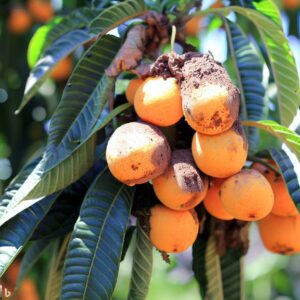
Understanding the Loquat Tree
The loquat tree is a small to medium-sized tree that can reach a height of 20 to 30 feet. It features large, dark green leaves with a distinctive shape and a fuzzy texture on the underside. The tree produces clusters of fragrant, white flowers in late fall or early winter, which eventually develop into juicy, yellow or orange fruits with a sweet and tangy flavor.
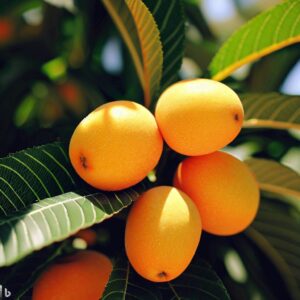
Selecting the Perfect Location
When choosing a location for your loquat tree, it’s essential to consider its requirements. Loquats thrive in full sun but can tolerate some shade. They prefer well-draining soil with a pH between 6.0 and 7.5. Additionally, selecting a sheltered spot can protect the tree from strong winds and frost, which can damage the delicate blossoms and fruit.
Planting and Propagation
To propagate a loquat tree, you have several options. One common method is using seeds, but keep in mind that the resulting tree may not be true to the parent plant. For a more reliable approach, consider using air layering or grafting techniques, which ensure that the new tree retains the desired characteristics.
When planting a loquat tree, dig a hole that is twice as wide and deep as the root ball. Place the tree in the hole, making sure the soil level matches the mark on the trunk. After placing the tree in the hole, fill it with soil, ensuring a firm but gentle compaction. Give the tree a thorough watering to ensure proper hydration. Applying a layer of mulch around the tree’s base is beneficial as it aids in moisture retention and prevents the growth of weeds.
Nurturing the Loquat Tree
Proper care is crucial for the health and productivity of your loquat tree. Regular watering, especially during dry spells, is essential, as loquats prefer consistently moist soil. Applying a layer of organic mulch around the tree helps retain moisture and regulate soil temperature. Fertilize the tree annually in early spring with a balanced fertilizer to promote healthy growth.
Pruning and Training Techniques
Pruning is important for shaping the loquat tree and promoting airflow and sunlight penetration. Remove any dead, damaged, or diseased branches, as well as crossing branches that may cause rubbing and lead to infections. Maintain an open center or vase shape to encourage adequate light penetration.
Common Pests and Diseases
Like any other fruit tree, loquats are susceptible to pests and diseases. Common pests include aphids, scale insects, and fruit flies. Regular inspection and early intervention can help control these pests. Loquat trees are also prone to fungal diseases such as powdery mildew and brown rot. Proper sanitation and appropriate fungicide treatments can minimize the risk.
Harvesting and Enjoying Loquats

Loquat fruits are typically ready for harvest in late spring or early summer, depending on the climate. The best way to determine if a loquat is ripe is by its color and firmness. Ripe fruits should have a bright yellow or orange hue and yield slightly to gentle pressure. Harvest them by gently twisting and pulling or by using pruning shears.
Culinary Uses of Loquats
Loquats are versatile fruits that can be enjoyed in various culinary creations. They can be eaten fresh, added to salads, or used in desserts such as pies, tarts, and jams. The sweet and tangy flavor of loquats pairs well with both sweet and savory dishes, making them a delightful addition to your culinary repertoire.
Health Benefits of Loquats
Beyond their delicious taste, loquats offer numerous health benefits. They are rich in vitamins A and C, fiber, and antioxidants, which contribute to a healthy immune system and support overall well-being. Loquats also contain minerals like potassium and manganese, which are essential for maintaining proper bodily functions.
Loquat Varieties and Their Characteristics
There are several loquat varieties available, each with its unique characteristics. Some popular varieties include ‘Champagne,’ ‘Golden Nugget,’ ‘Mogi,’ and ‘Advance.’ These varieties differ in fruit size, flavor profile, and harvest time. Consider the specific qualities you desire when selecting a loquat variety for your garden.
Frequently Asked Questions (FAQs)
Can I grow loquat trees in containers?
Yes, loquat trees can be grown in containers, but ensure you choose a dwarf or semi-dwarf variety and provide proper care.
How long does it take for a loquat tree to bear fruit?
Loquat trees usually begin to bear fruit after 3 to 5 years, depending on various factors such as growing conditions and variety.
Can I eat loquat seeds?
Loquat seeds are not typically consumed due to their high cyanogenic glycoside content, which can be toxic in large quantities.
Do loquat trees attract bees?
Yes, loquat trees produce fragrant flowers that attract bees and other pollinators, aiding in fruit production.
What is the best way to store harvested loquats?
Loquats are best enjoyed fresh, but if necessary, store them in the refrigerator for up to a week.
Conclusion
The loquat tree is a magnificent addition to any garden, providing both aesthetic beauty and delectable fruits. By following proper cultivation and care practices, you can enjoy a bountiful harvest and relish the numerous culinary uses of loquats. So, why wait? Plant a loquat tree today and experience the joys of growing this remarkable fruit tree.

